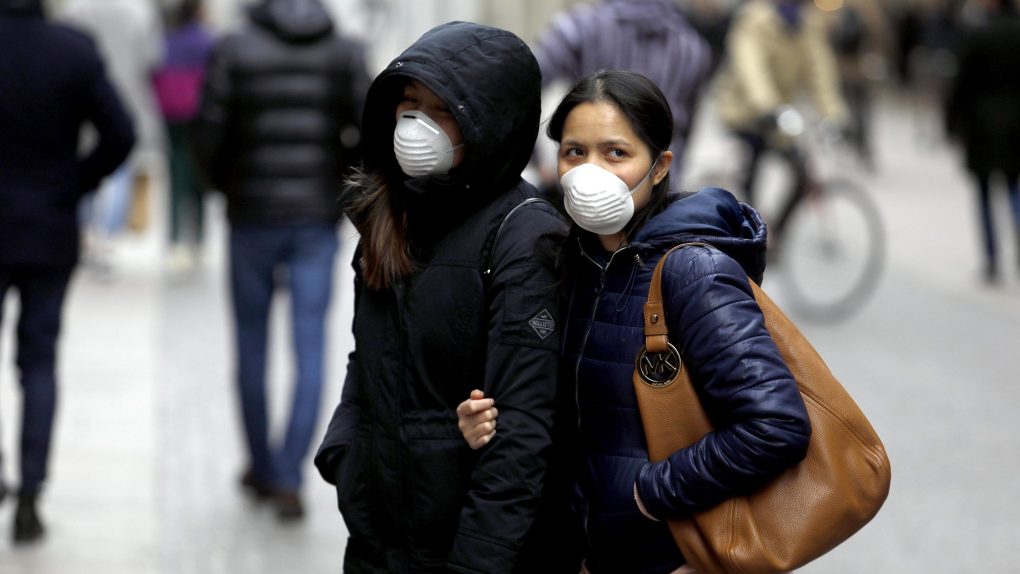- Two new studies provide evidence that children may transmit the novel coronavirus, even if kids do not develop severe COVID-19 cases and aren’t as likely to experience complications following an infection.
- The research indicates that social distancing may still be required for children, and decisions on returning school shouldn’t be hurried.
- One study even showed that asymptomatic children may have viral loads as high as kids or adults showing symptoms, which could mean they’re just as contagious.
- Visit BGR’s homepage for more stories.
Children are less likely to develop severe cases of the novel coronavirus, but there are still exceptions. COVID-19 complications have killed patients under 20 years old, and doctors in the UK and US have already warned about frightening illnesses that have been documented in their countries.
Some people have argued that children might be less likely to contract the disease and less likely to transmit it. If those hypotheses turn out to be accurate, then opening schools in regions where the COVID-19 curve was flattened might make sense. However, new studies indicate that children can transmit the disease, suggesting that going back to school and kindergarten might not be a simple process.
The two studies come from China and Europe and analyzed different aspects of the disease, focusing on young patients and adults. The researchers indicate that children can transmit the virus, although neither study was able to prove the actual spread of the virus, The New York Times notes.
The first study involved research from China and Italy and was published in Science. The scientists found that children were a third as susceptible to coronavirus infections as adults, but they had three times as many contacts as adults when the schools were opened. The study looked at two different cities: Wuhan and Shanghai.
The researchers said that closing schools can reduce the surge in cases by 40-60%. “My simulation shows that yes, if you reopen the schools, you’ll see a big increase in the reproduction number, which is exactly what you don’t want,” mathematical epidemiologist told The New York Times.
The researchers created contact matrixes for both cities: 636 people in Wuhan and 557 people in Shanghai. They called each person and asked them to state the number of in-person contacts they had the day before the call. They found the number of connections dropped by a factor of seven in Wuhan and eight in Shanghai following the lockdown, compared to a study from 2018. “There was a huge decrease in the number of contacts,” Dr. Ajelli said. “In both of those places, that explains why the epidemic came under control.”
The researchers also looked at data from the Hunan province’s CDC, which traced 7,000 contacts of 137 confirmed COVID-19 cases. They found that children between 0 and 14 years are a third less susceptible to the infection than those ages to 15 to 64. Adults over 65 are 50% likelier to get the virus.
Closing schools could lower the R0 (new of new infections stemming from a single case) reproduction number by 0.3. The goal of epidemiologists around the world is to bring that number below 1 to prevent exponential growth. Without any measures in place, the R0 for SARS-CoV-2 is between 2 and 2.5, meaning that a single person can infect up to an average of 2.5 other people.
The second study comes from Germany, where Professor Christian Drosten from the Charité University of Berlin published the research early on the university’s website so that others can review the findings. Right from the abstract, the study warns that, based on the results, the researchers “have to caution against an unlimited re-opening of schools and kindergartens in the present situation. Children may be as infectious as adults.”
Drosten and his team looked at a group of 47 infected children between the ages of 1 and 11 for the study, out of the more than 60,000 people the lab had tested for the coronavirus. Fifteen of those children had an underlying condition and were hospitalized, and the rest were mostly asymptomatic. However, the latter category had viral loads as high or higher than kids or adults presenting symptoms.
“In this cloud of children, there are these few children that have a virus concentration that is sky-high,” Drosten told The Times. “So I’m a bit reluctant to happily recommend to politicians that we can now reopen daycares and schools.”
He added that there’s plenty of research that suggests that a person’s viral load is correlated with their infectiousness. The doctor said that he received suggestions from statisticians on how to refine the analysis. “But the message of the paper is really unchanged by any type of more sophisticated statistical analysis,” he said. Drosten said that he thought it was way too early for the US to consider opening schools.
The Times also mentions a third study from the Dutch government that says “patients under 20 years play a much smaller role in the spread than adults and the elderly.” But researchers have pointed out that the study has a serious flaw. It looked at household transmission, and the researchers may have tested only those people experiencing more severe cases, which would be overwhelmingly adults.
As with other coronavirus studies, the two studies above will warrant more research and review, especially considering that many countries are considering easing restrictions, and that includes having children going back to school.








